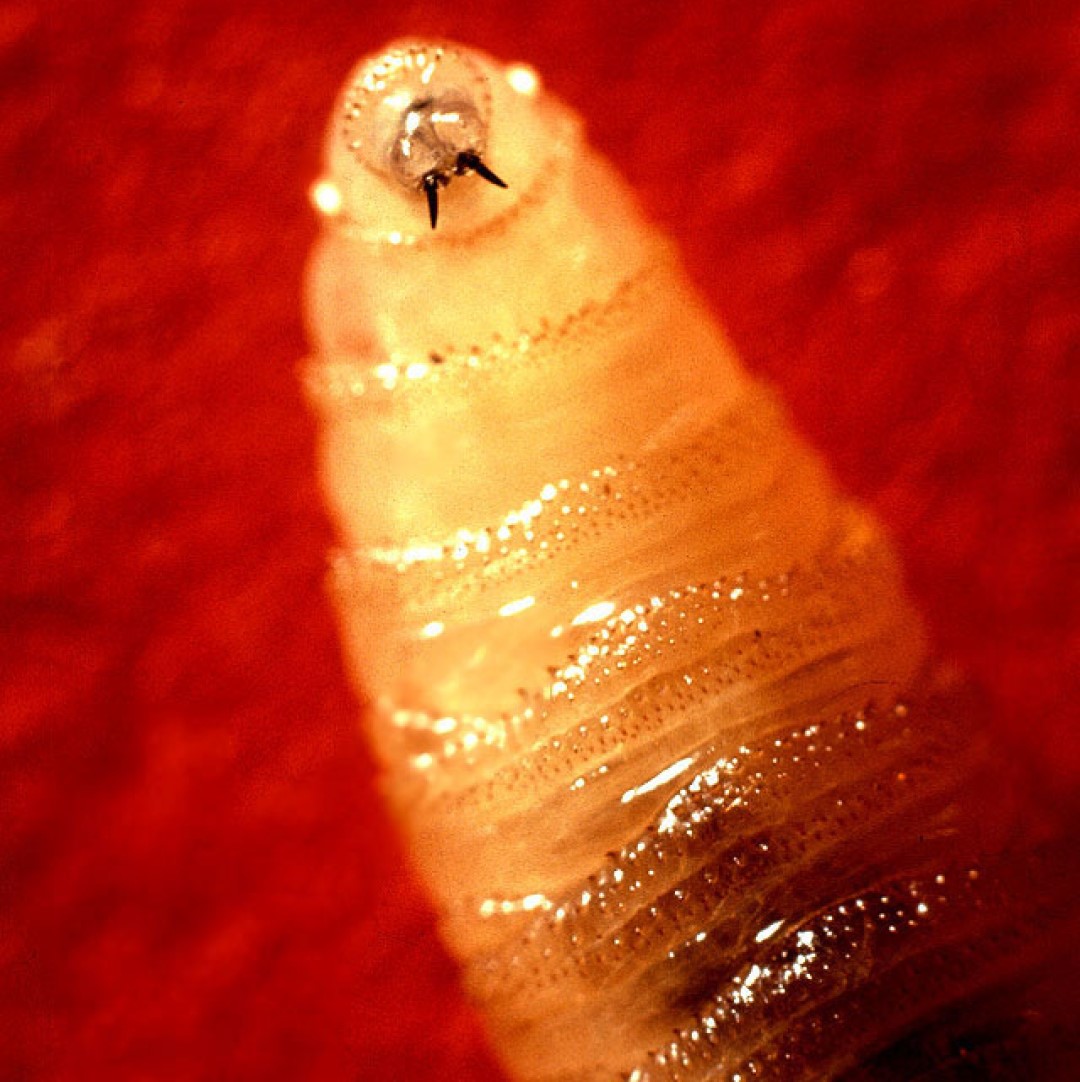
USDA eradicated New World screwworm from the United States
In 1966, U.S. Department of Agriculture’s (USDA) eradicated New World screwworm (NWS) from the United States using sterile insect technique. The USDA eradication program to remove the NWS began in 1957 and finally succeeded in pushing them out of the U.S. nearly a decade later.
The program involves releasing sterile flies into the wild to interrupt their breeding cycle. However, the risk of NWS being reintroduced into the U.S. is still a threat today, as NWS endemic to Cuba, Haiti, the Dominican Republic, and various South American countries.
New World screwworm (NWS, Cochliomyia hominivorax) is a devastating pest. NWS maggots can infest livestock and other warm-blooded animals, including people. They most often enter an animal through an open wound and feed on the animal’s living flesh. While they can fly much farther under ideal conditions, adult flies generally do not travel more than a couple of miles if there are suitable host animals in the area.
People who suspect they are infested with NWS should seek immediate medical treatment, following the U.S. Centers for Disease Control and Prevention (CDC) guidelines updated in June 2024. Treatment requires the extraction of all NWS larvae from the patient’s body. No vaccine is available to protect people against NWS infections.
Tags:
Source: U.S. Department of Agriculture
Credit: Photo: New World screwworm larva (NWS, Cochliomyia hominivorax). Courtesy: U.S. Department of Agriculture.
